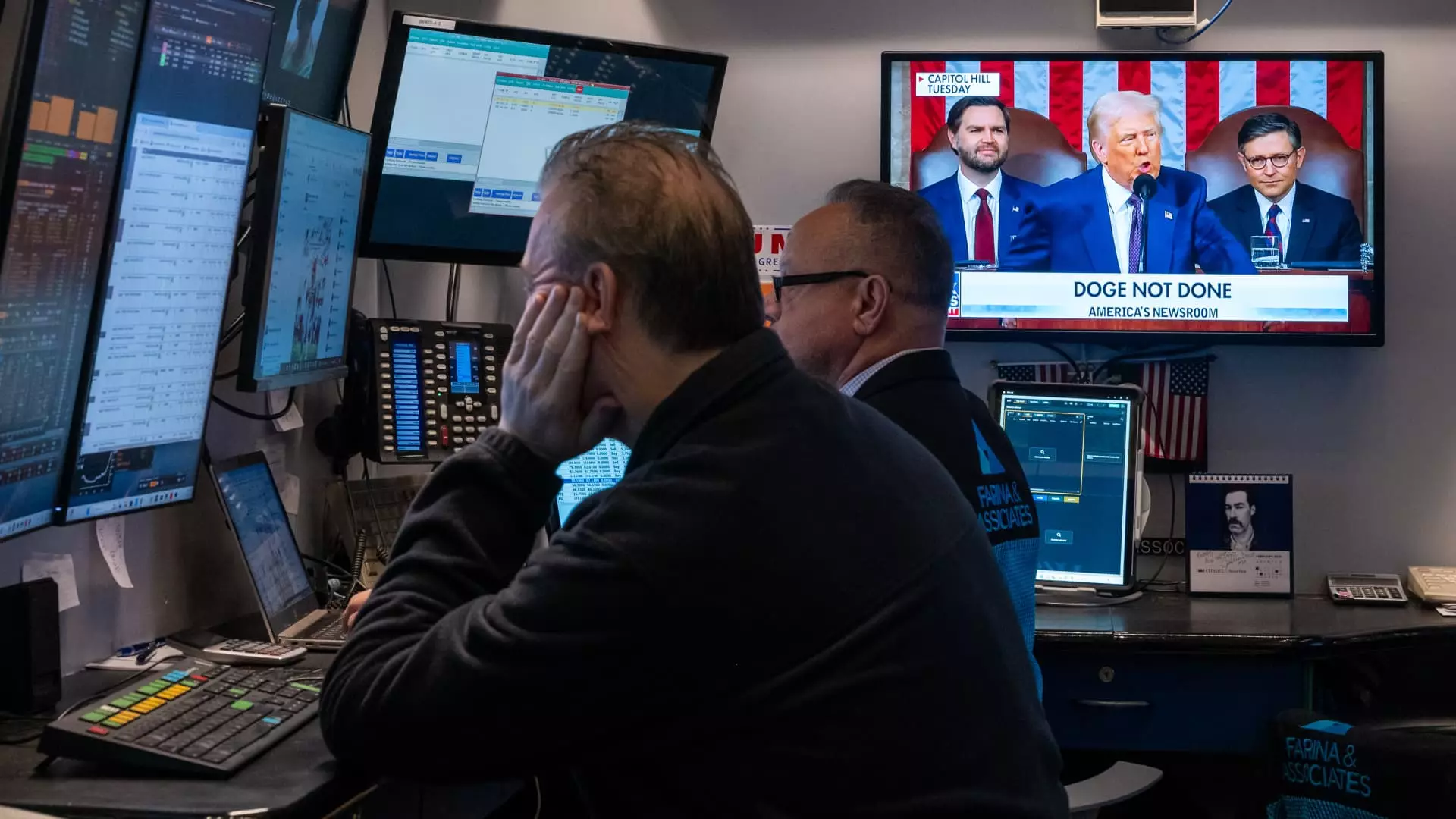The financial landscape has become increasingly uncertain, prompting companies like Goldman Sachs Asset Management to innovate with products aimed at protecting investors during turbulence. The recent launch of the Goldman Sachs U.S. Large Cap Buffer 3 ETF serves as a striking case study in how the allure of security can often mask deeper vulnerabilities. Bryon Lake, a key player in this initiative, presents the Buffer ETF as a safety net in a time riddled with confusion over tariffs, escalating geopolitical tensions, and an unpredictable equity market. However, one has to question whether this “safety net” is more of an illusion designed to seduce investors rather than a genuine solution for downside protection.
The Illusion of Protection
Lake confidently states that these buffer products protect investors from declines ranging from 5% to 15% while allowing for a minimal upside potential of 5% to 7%. On the surface, this seems like a compelling offer; who wouldn’t want a safety mechanism during a financial storm? But let’s dig deeper: what does it really mean to “participate to the upside” when you’re still essentially capped? This illusory protection puts a cap on growth potential while softly anchoring investors to the belief that they are better protected than they really are. The ETF has already seen a dip of about 3% since its debut, showcasing that even the formulated defenses against downturns have their limits.
Historical Strategy, Modern Consequences
Lake, in defense of these new financial instruments, cites their roots in tried-and-true strategies. While it’s true that history often informs current practice, we’re operating in a climate that is anything but historical. Relying on antiquated methods raises a flag—are they truly applicable, or are they merely relics of past financial certainty, wielded without consideration for the complexities of today’s economic environment? Market dynamics have shifted dramatically, with increased volatility becoming the norm. Thus, the relevancy of these purportedly robust strategies should be scrutinized closely.
The Mag 7 Mirage
The mention of the “Mag 7” in Lake’s discussion amplifies the concern surrounding market concentration risk. Are investors being cushioned against a reality where dependence on a select few stocks could lead to greater long-term peril? As equity markets widen away from the technology giants, the inherent risk in these buffer ETFs becomes even clearer. Rather than offering a sincere path to stability, they may lure investors into complacency with the false promise of controlled risk, leaving them vulnerable when the curtains finally fall.
A Warning for Investors
Goldman Sachs’ latest offering may capitalize on a pressing need for security, especially as market volatility looms large. However, the skepticism remains palpable. Are investors truly protected, or is this crafting of financial products merely an attempt to maintain market share under the guise of innovation? As we navigate these murky waters, a critical eye should be directed not just at what is being offered, but at how and why such offerings are being positioned. Rather than parading under the guise of protection, these buffer ETFs may serve a more self-serving interest for the institution itself—an opportunity to capitalize on fear in a chaotic world.

